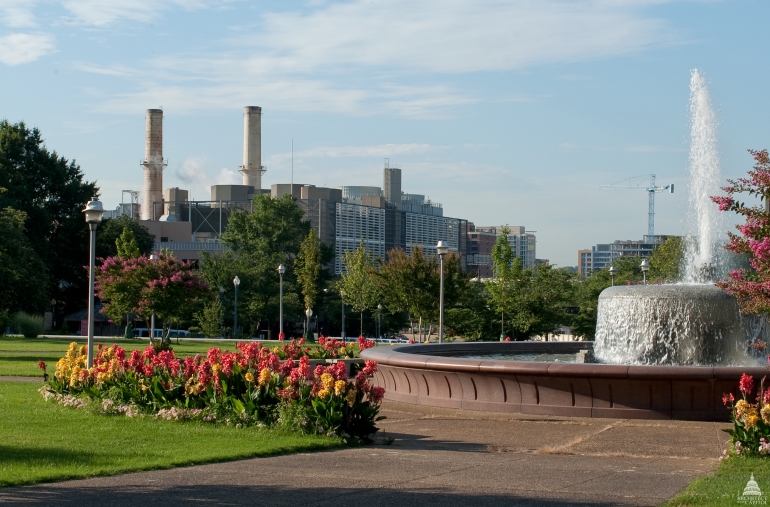
Featured
Emanuel Leutze’s mural celebrates the western expansion of the United States....
Featured
The Office of Congressional Accessibility Services (OCAS) provides a variety...
Featured
AOC’s annual report provides the results of the Architect of the Capitol’s...
Featured
Beginning Monday, September 10, 2012, the lower terrace of the West Front of...








